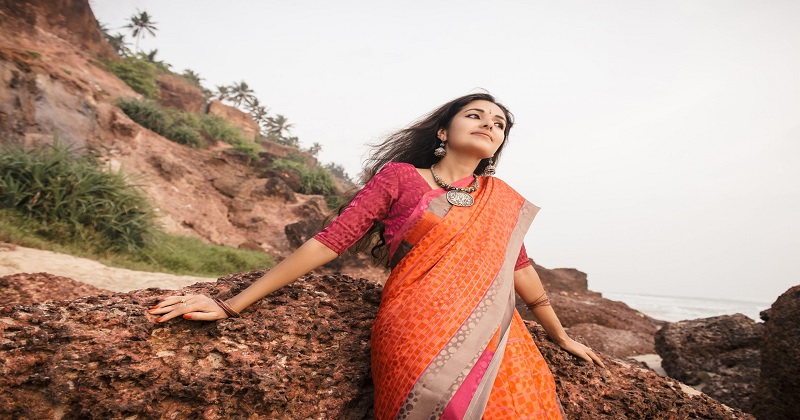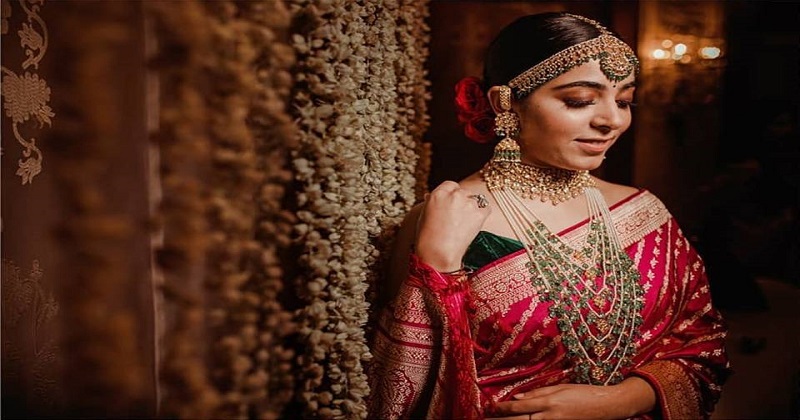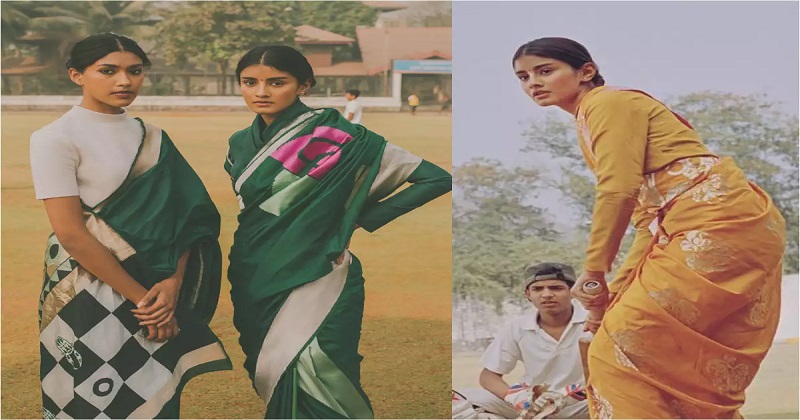
What we wear traditionally and continue to wear today has deep roots not only in the cultural ethos or the trade-commerce and politics of the land but most importantly, in our health in relation to the weather and geography of the region. Have you ever wondered why the saree, a cotton drape of 6 or 9 yards (depending on where you are in India), is still the comfiest garment to wear when it comes to our health and the changing seasons of tropical India?
For centuries, women on the Indian subcontinent (the politically distinct states of India, Pakistan, Bangladesh, Nepal, and Sri Lanka) have wrapped themselves in colorful silk and cotton sarees. ‘The sari, both as a symbol and a reality, has captivated the imagination of the subcontinent, with its attractiveness and capacity to conceal and expose the characteristics of the person wearing it,’ says Delhi-based textile historian Rita Kapur Chishti to National Geographic. In addition to being the author of Saris of India: Tradition and Beyond, Kapur Chisti is the co-founder of Taanbaan, a fabric firm dedicated to recovering and maintaining ancient Indian spinning and weaving skills.

The Rig Veda, a Hindu collection of hymns dating from 3,000 B.C., has the first mention of saris (alternately spelled sarees); draped garments also appear on Indian sculptures from the first through sixth centuries, writes Charu Suri in NatGeo. There are over a hundred methods to drape a sari, according to Chishti, depending on the area, fabric, length and width of the garment, and what the wearer is doing that day. Zandra Rhodes, a British-born fashion designer, visited India in February 1982. She desired to restyle the saree.
She has clothed Princess Anne and Gloria Vanderbilt. Jackie Onassis, Bianca Jagger, and the Duchess of Kent Her works have been permanently shown in the Victoria & Albert Museum in London and the Metropolitan Museum of Art in New York. Regarded as the most romantic and influential avant-garde designer ever, Rhodes was attempting to achieve what fashion messiah Pierre Cardin did when he arrived in India in the late 1970s—merge his designs with Indian workmanship and sell it to the west. The saree keeps the woman’s body cool while yet allowing her to keep herself warm or covered, as well as providing new moms with quick seclusion to nurse newborns in private even while in a busy setting.

Sarees are ideal for Indian weather and body types:
‘Indian weather demands well-researched and thought-out wardrobe choices that suit the changing seasons,’ says Priyanka Priyadarshini. ‘For example, most Indians are currently finding ways to beat the current ‘heatwave,’ and at such a time it would be ideal to make wardrobe choices that make you feel at ease’. From monarchy to peasants, politicians to movie stars, the saree has been a staple of tradition and fashion. Nobody ever mentions how great it is for health and safety.
According to Priyanka Priyadarshini, modern women select their clothing and fabrics not only for the design but also for the ease of freedom, agility, and mobility. ‘In an effort to promote the same, organically sourced materials offer a comfort zone and fluidity that not only saves time that would go into polishing such draperies but also permits unfettered mobility,’ she added.

Fit and safe for work, over the centuries:
Women wear many hats. And I am not talking of just the work and home front multi-tasking pulled off by women in the 21st century. In Mumbai, you will see women lunging to get into a moving local train while attired in a saree. Similarly, in the nineteenth century, the British society was stunned to hear about a Maratha queen Baiza Bai Scindia, wife of Daulat Rao Scindia who fought alongside her husband and the Maratha army in the Battle of Assaye in 1803 against the East India Company’s army led by Lord Arthur Wellesley (who later defeated Napoleon at Waterloo in 1815).
Maharani Baiza Bai, afterward a banker, and the Gwalior royal in exile, could ride a horse, shoot a rifle, and handle a sword or spear with ease. She was dressed in a nine-yard saree that was draped like a dhoti from the waist down but like a typical Nivi drape (palloo on the left shoulder) on the upper half.
Fanny Parkes, a Welsh travel writer, met Baiza Bai (now a widow and semi-retired) in the north Indian town of Fatehgarh in 1835. Parkes stood in her stables and saw Baiza Bai ride a horse. ‘After all, Maratha women sat astride like their men, never side-saddle… (Baiza Bai) couldn’t understand how British ladies could sit so crooked’. The women bikers’ rally in Western India (Maharashtra) on Gudi Padwa (Hindu New Year’s Day) is also much anticipated. Women dressed in the nine-yard Marathi saree ride motorcycles alone or with another lady as a pillion. That’s the power of the saree for you.

Post Your Comments